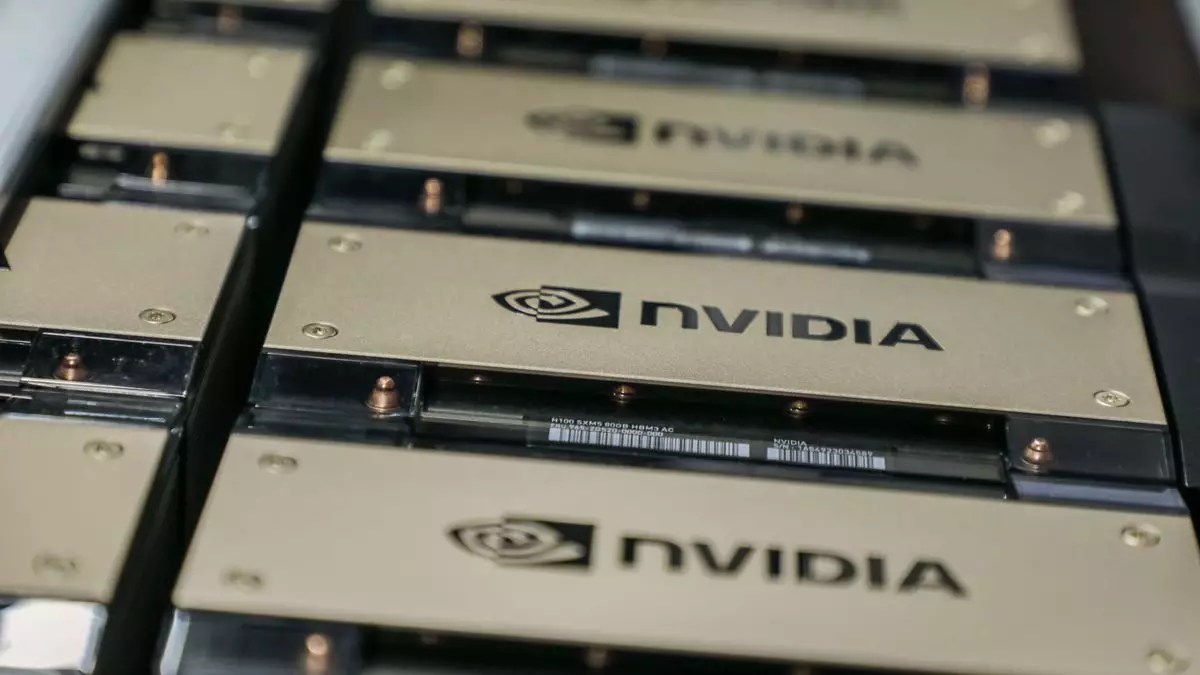The graphics industry has taken monumental strides over the past few years, particularly in the realm of artificial intelligence and machine learning. One brand that stands at the forefront is Nvidia, known for its innovative GPU technology and commitment to advancing graphics processing capabilities. What may often go unrecognized by casual observers is the sheer scale of resources Nvidia applies to its research and development, particularly regarding its Deep Learning Super Sampling (DLSS) technology. The company’s dedication does not merely stop at crafting cutting-edge GPUs; it extends to an incredible supercomputer that has been continuously optimizing the DLSS algorithm for over six years.
DLSS is Nvidia’s ambitious venture into the realm of upscaling graphics through AI. Traditionally, upscaling images in video games was a requisite technique used to boost performance while preserving graphical fidelity, but it invariably fell short. Early upscaling methods led to artifacts such as ghosting or blurriness, detracting from the overall gaming experience. Nvidia’s introduction of DLSS fundamentally transformed this landscape by using deep learning to enhance the quality of rendered images. Yet, the cornerstone of this technology is not just the algorithm itself but the extensive and methodical training process underpinning it.
During the recent RTX Blackwell Editor’s Day at CES 2025, Brian Catanzaro, Nvidia’s VP of Applied Deep Learning Research, shed light on an incredible fact: Nvidia operates an impressive supercomputer, packed with thousands of its latest GPUs, working tirelessly around the clock. For those unfamiliar with the resource demands of deep learning, it’s important to understand that training AI models requires monumental computational power. This supercomputer is not only a monumental investment but also a testament to Nvidia’s long-term commitment to perfecting DLSS.
It’s easy to underestimate the resources necessary for training a robust AI model. An outsider might assume that Nvidia allocates a short burst of computational power for periodic training sessions. However, the reality is that this dedicated supercomputer operates 24/7, showcasing Nvidia’s resolve to refine their upscaling technology continuously. By investing in a permanent state-of-the-art computing facility, Nvidia ensures that DLSS is always in a state of evolution, adapting to new challenges and improving with every iteration.
What sets Nvidia’s approach apart is its continuous learning framework. Catanzaro elaborated on how their supercomputer works not just by repeated training but by actively analyzing failures in the DLSS system. Each instance where DLSS falters—be it due to artifacts like flickering or ghosting—provides a learning opportunity. Nvidia meticulously audits these failures, pinpointing the root causes and adjusting their training datasets accordingly. This process enables the company to compile a robust corpus of examples that reflect what high-quality graphics should resemble versus the pitfalls DLSS must navigate.
As they study diverse gaming environments, this approach allows improved model retraining, incorporating feedback loops that make the AI smarter and more adaptable. The ongoing cycle of testing and improvement across a wide array of games accentuates the versatility of DLSS, ensuring that enhancements benefit not only current and future RTX series users but also those utilizing older hardware.
With the introduction of the transformer model in DLSS 4, the company has shifted its methodology to yield even better results. The transformer architecture, known for its prowess in natural language processing, has surprising applicability in visual processing as well, allowing for richer detail and smoother image transitions.
It’s evident that Nvidia is not resting on its laurels. Instead, this dedication and heavy investment in supercomputing are laying the groundwork for a future where gaming visuals remain not only captivating but also seamless—where the line between rendered and real blurs ever further. If the previous six years are any indication, Nvidia is poised to lead the charge in both performance and visual fidelity, reaffirming its position as a titan of the tech industry for years to come.


Leave a Reply